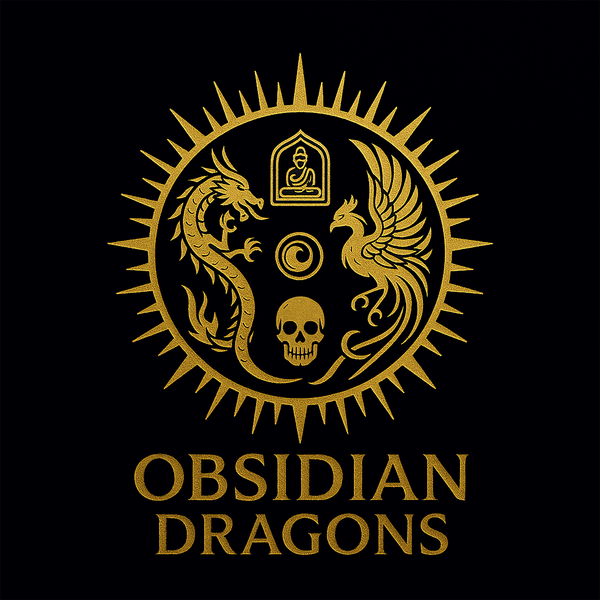obsidian dragon
Buddha pendant, Ghau, Gau, ancient Tibetan. Medicine Buddha, Portable Protection Altar, Prayer Box, Buddhist Altar, Mantras.
Buddha pendant, Ghau, Gau, ancient Tibetan. Medicine Buddha, Portable Protection Altar, Prayer Box, Buddhist Altar, Mantras.
Couldn't load pickup availability
Ghau, Gau, ancient Tibetan. Medicine Buddha, Bhaishajyaguru Portable Healing Altar, Healing Prayer Box, Buddhist Altar, Healing Mantra
Approximate date 1940s.
Dimensions of the ghau: height of 60mm, width of 43mm, thickness of 21mm Weight of 61 grams
The ghau is a kind of portable altar in which the image of the possessor's chosen deity is kept, wrapped in silken garments. The vast majority of Tibetans use ghau at home and carry it on their travels. They keep it on a real altar at home. When traveling, it is attached to the back belt. It serves as a protective symbol during travels and also allows its owner to prove his devotion to his deity.
Inside the rolls of paper containing the Medicine Buddha mantra
MEDICINE BUDDHA
The bodhisattva career of the Medicine Buddha is described in the
Bhaiṣajyaguru-sūtra, He made twelve vows, two of which specifically express
his desire to heal and save. He became a Buddha in a world named
Vaidūryanirbhāsa or “Like lapis lazuli”.
located in the East, where he is accompanied by the bodhisattvas Sūryaprabha (Clarity
Solar), on his left and Candraprabha (Lunar Clarity) on his right. In China, we
refers to the version of the sutra translated by Xuanzang: Bhaiṣajya guru Vaidūrya
Prabhāsa Pūrva praṇidhāna viśeṣa vistara (Yàoshī liúlíguāng rúlái běnyuàngōngdé
jīng 《藥師琉璃光如來本願功德經》).
Like Akshobhya, Bhaiṣajyaguru is master of an "eastern paradise" and can
form a pair with Amitābha, master of the “western paradise” Sukhāvatī. THE
Amitābha's paradise is also mentioned in the Bhaiṣajyaguru sūtra. According
the Sapta tathāgata-Pūrva praṇidhāna viśeṣa vistara (Sutra of the vow of the seven
tathāgatas), Bhaśajyaguru possesses seven emanations representing seven modalities
different ways of healing or protection. In Tibet his image can serve as
meditation support to overcome attachment and negative feelings. THE
Medicine Buddha or Sangye Menla (in Tibetan) is a Tantric deity
of Tibetan Buddhism.
Tantric meditation by Sangye Menla was introduced to Tibet in the 8th century.
century by Shantarakshita. This meditation was synthesized in the 19th century by
Jamgon Kongtrul Lodro Thaye. His mantra is considered to have great
strength against physical illnesses or to purify negative karma. In Japan,
Yakushi Nyorai has been a major cult in Japan since the 7th century
where he supplanted Akṣobhya (Ashuku).
Located to the east, it rather represents the rising sun, life, while Amida who
lies to the west is connected to the setting sun and the world of the dead. Sponsored
by the Tendai school which maintained close relations with the family
imperial, this master Buddha of the East was associated with the emperor.
He has sometimes been identified with Jizo. He is the 7th of the thirteen Buddhas of the
tradition of Shingon Buddhism, and as such is associated with the rites
funerals which take place at the end of 49 days after the death.
In the representations, and the particular mandalas dedicated to him,
he is assisted by Nikko the boddhisattva of sunlight and gakko of
moon light. He is also protected and served by 12 celestial generals,
yakshas which can have several meanings, such as hours, months,
directions, etc. However, it does not appear on the taizōkai mandalas and
kongōkai because its cult is not of tantric origin.
Among the many temples dedicated to him, the most famous is the
Yakushi-ji of Nara. In this same city, Hōryū-ji and Tō-ji house
also a statue of the Buddha of medicine, that of Hōryū-ji dating from the
middle of the seventh century. In China, he is revered for his virtues as a healer and
protector against calamities.
The most common rite consists of reading your vow 49 times, lighting 49 lamps
votives and hanging paper prayer flags for 49 days in a row. He
there are very few temples dedicated exclusively to him.
The group of eight medical Buddhas, its seven emanations accompanied by
Shākyamuni, can be replaced by another group including Manjushri,
Maitreya, Avalokiteśvara, Mahāsthāmaprāpta, Akṣayamati, Ratnacandanapuṣpa,
Bhaiṣajyarāja, and Bhaiṣajyasamudgata, (文殊師利; 彌勒; 觀世音; 大勢至; 無盡意; 寶檀華; 藥王;
藥上).
Share
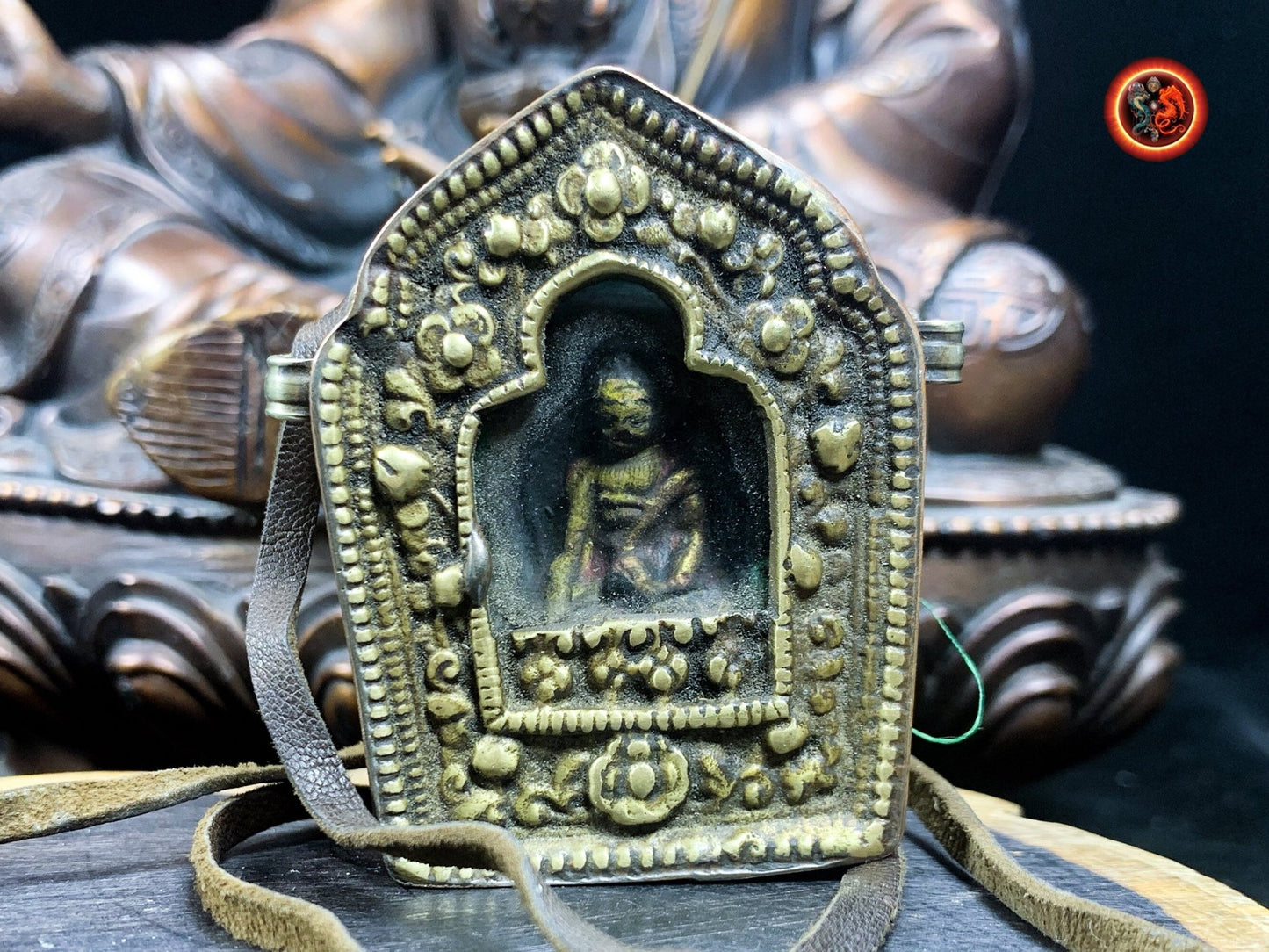
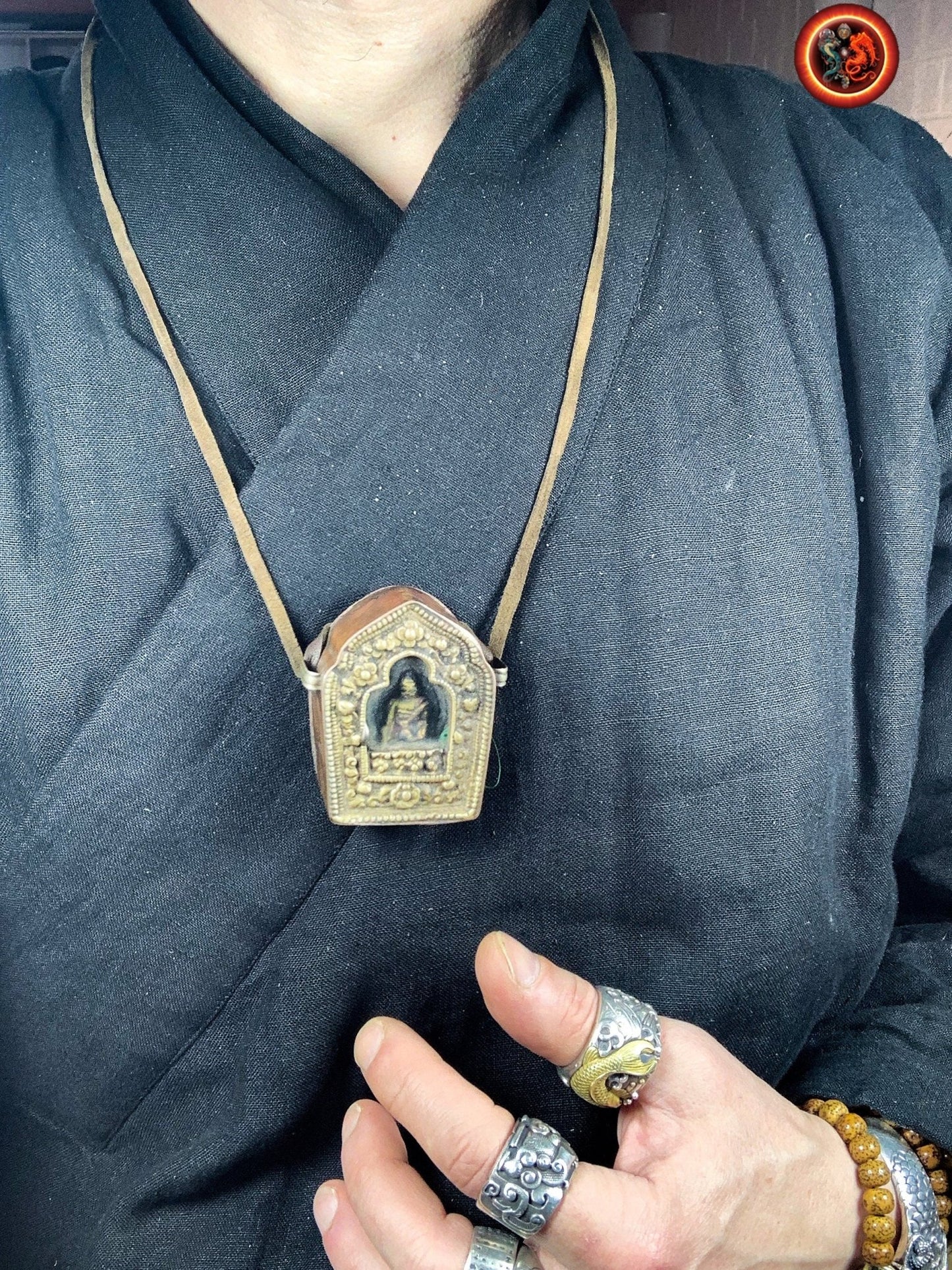
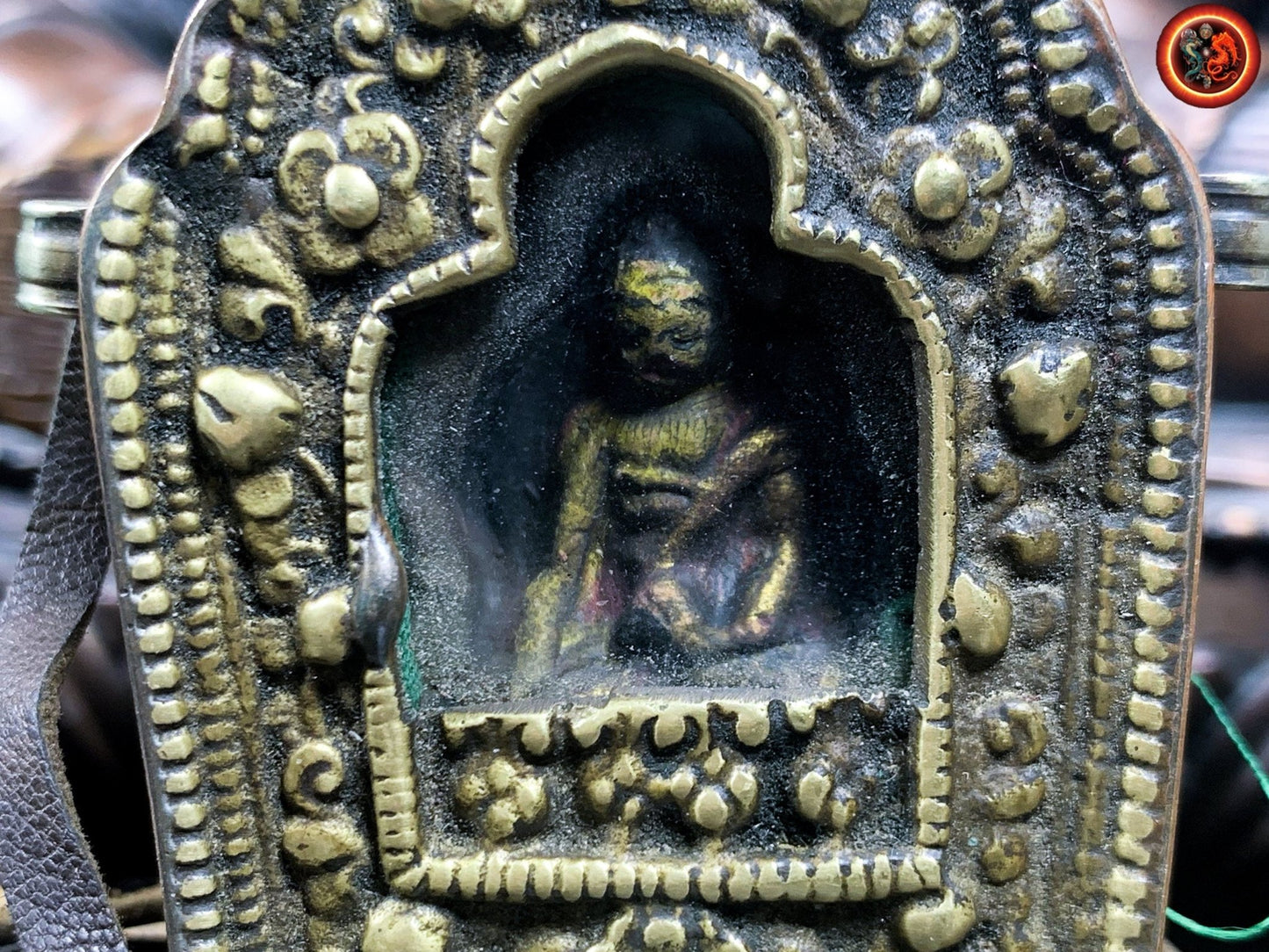
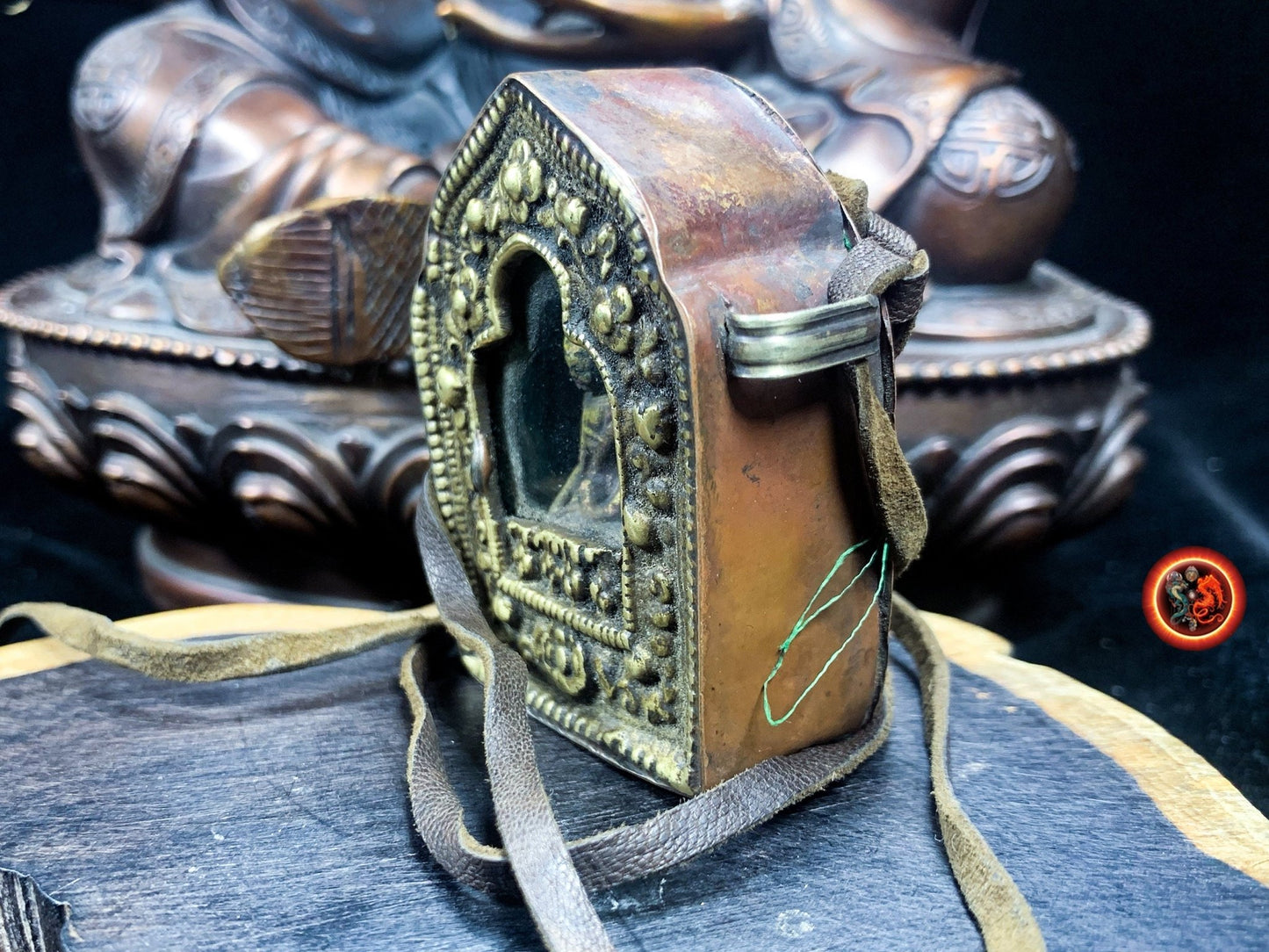
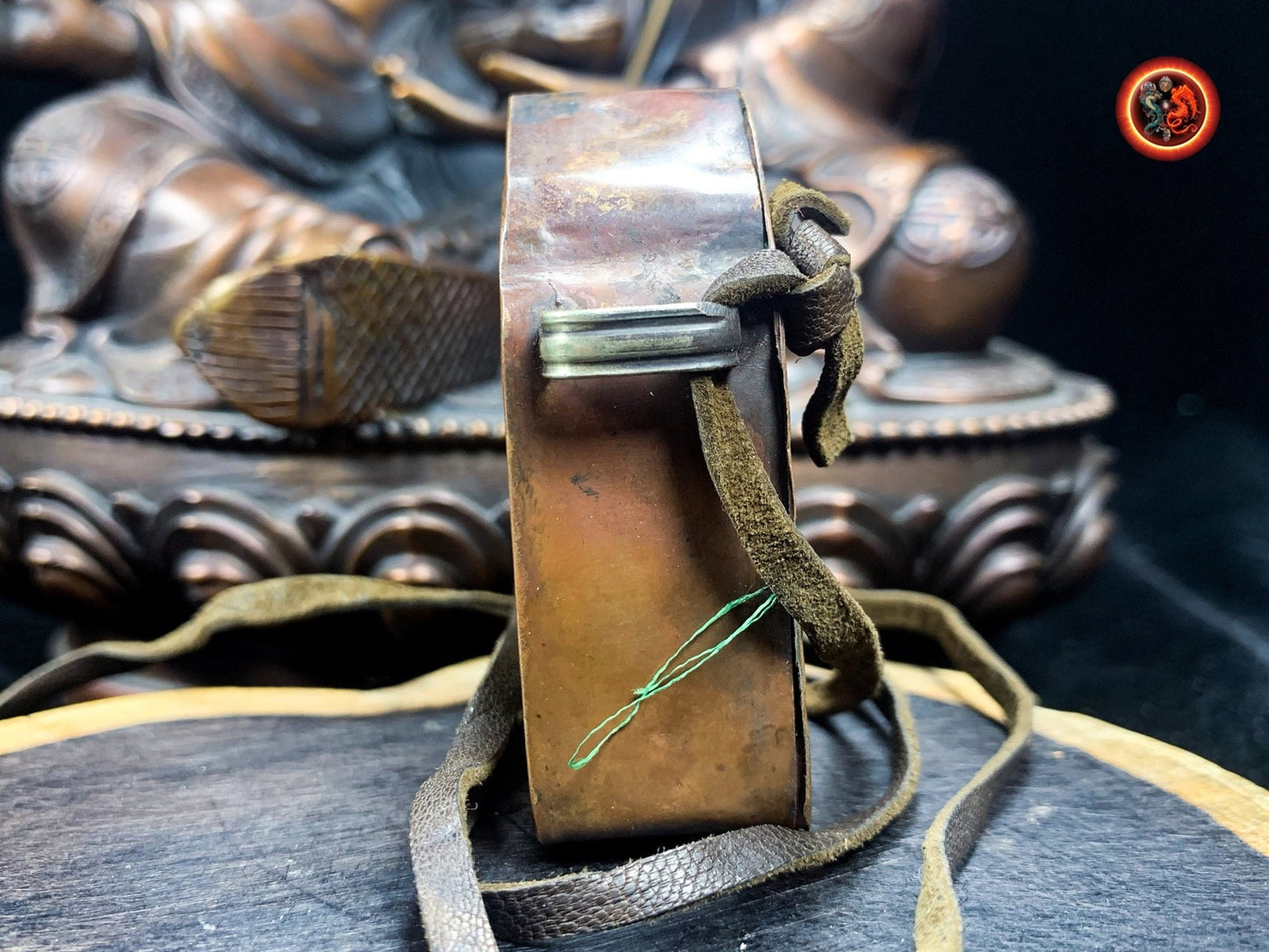
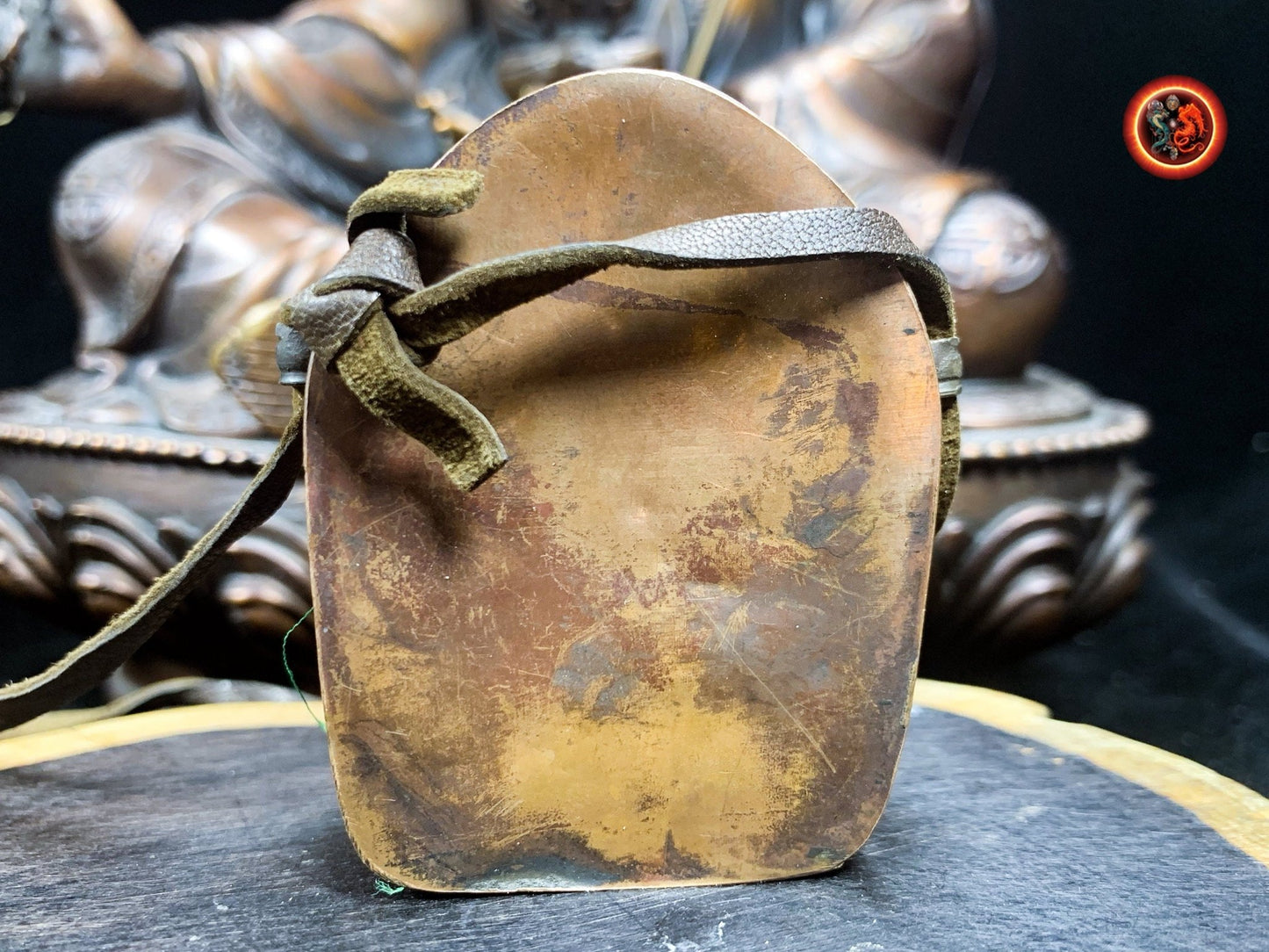
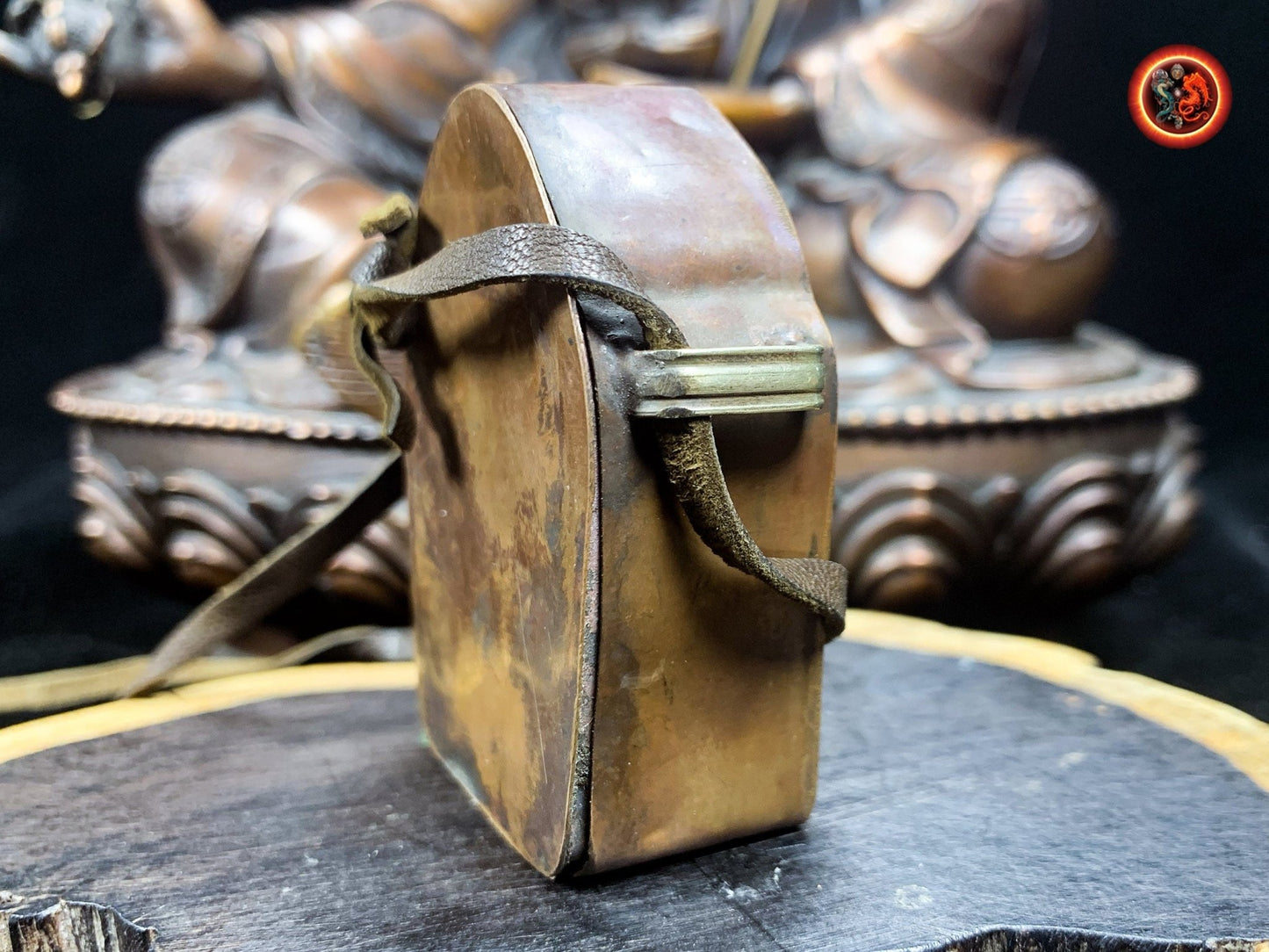

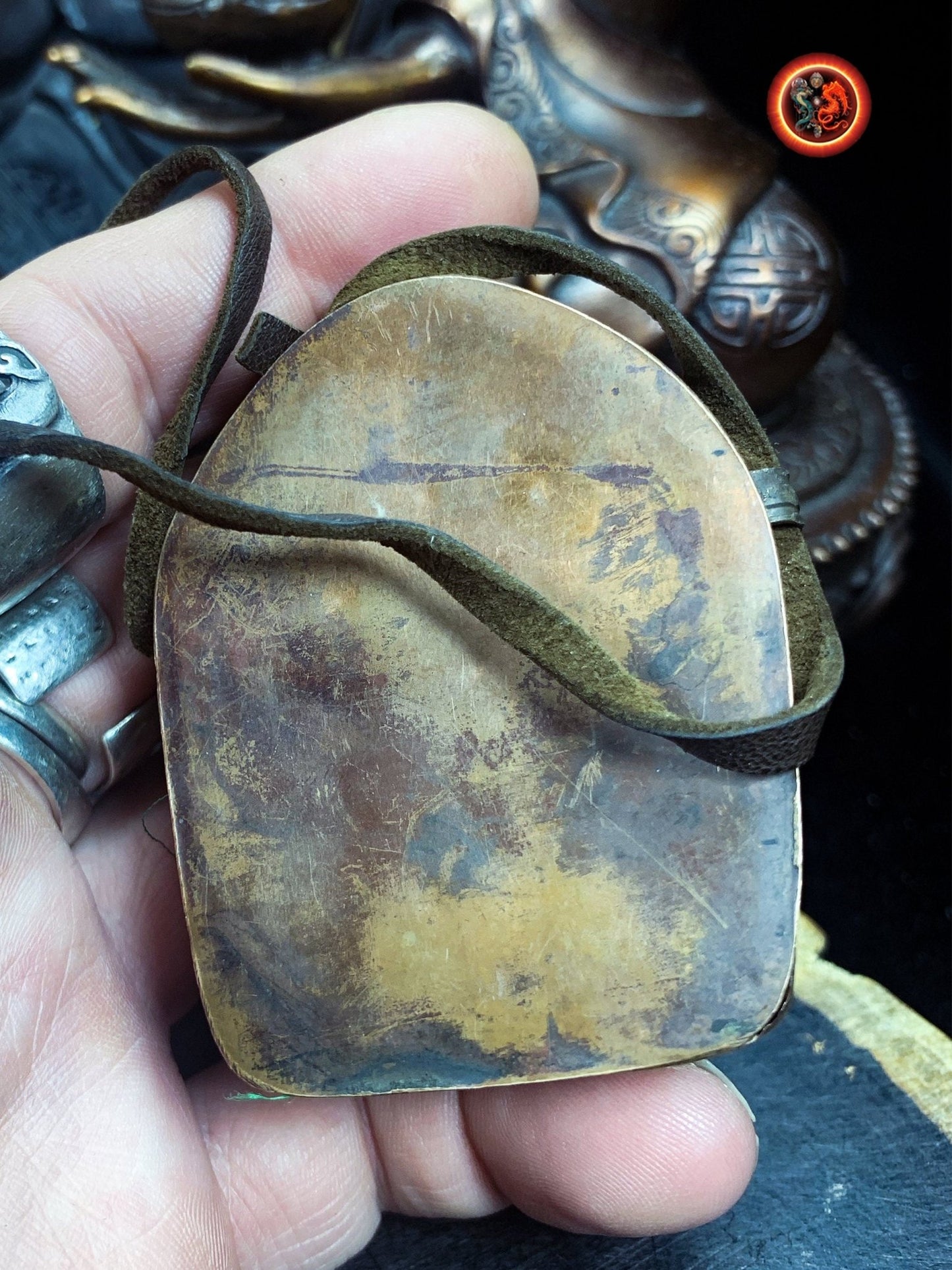
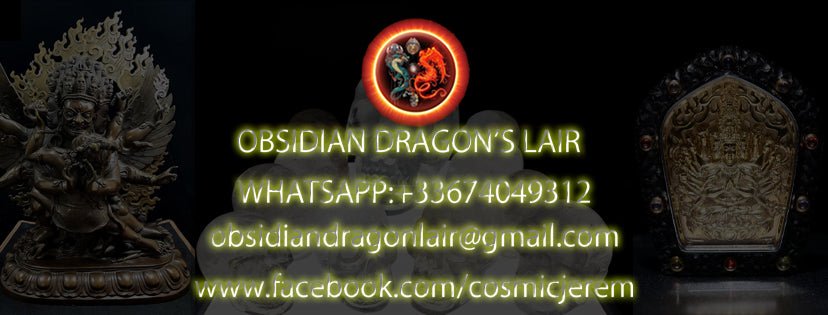

Return conditions for a Zen purchase
We offer you a money back guarantee within 14 days after delivery of your order.
If you are not completely satisfied with your purchase, please contact us to arrange a return of the product and a refund.
Except for returns, shipping is free on all orders.
Multi-column
Button text-
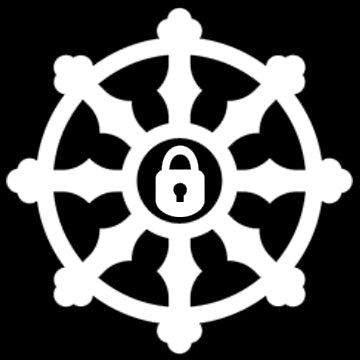
100% secure payment
3 times interest-free option with Scalapay
-
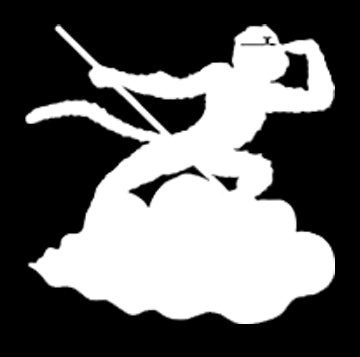
Free delivery in France and internationally
14 days money back guarantee after delivery (see our conditions of sale)
-
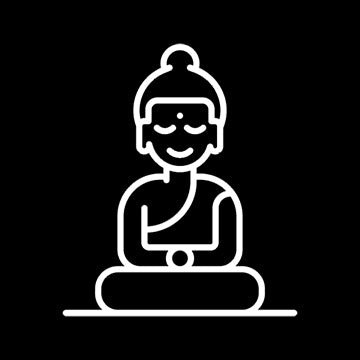
Column
Excellent customer service
Live chat
Whatsapp +33674049312
Let customers speak for us
from 917 reviews4eme pièce que j'achète et encore une fois, jamais déçue de l'unicité et de l'originalité. Coup de cœur pour ce bracelet en magnifiques molaires de mammouth, charge de vie et d'histoire. Attention pour un tout petit poignet de fille comme le mien cela peut être trop grand. N'hésitez pas à poser la question à Jeremy sur les tailles, il répond toujours et il est très réactif.

Déjà j’au été très impressionné par la qualité du site web pour tout chercheur de vérité mais également pour la disponibilité de Jérôme qui a su dépasser mes plus grandes attentes pour la commande sur mesure d’un mala en Obsidienne Œil Céleste – Dragon & Bagua Feng Shui. Gràce à ce puissant talisman je peux désormais continuer ma route sereinement. Un très grand merci sincèrement.

magnifique, puissant et apaisant, il m'aide à garder mon calme je le trouve absolument parfait!

J'ai eu l'occasion de rencontrer Jérémy sur Paris avant l'achat...très bon contact avec lui ..il sait de quoi il parle...je suis revenu vers lui pour l'achat de cette magnifique statue...elle a été emballee avec beaucoup de soin pour une expédition de chine... vraiment très satisfait de cet achat..merci

Pendentif dragon en obsidienne œil céleste - Symbole spirituel

Le collier est superbe, et ce pendentif magnifique, ses détails! et l'odeur du bois de santal que c'est agréable! Qualité extra! Contact excellent avec Jérémy, merci beaucoup pour votre gentillesse! Quelle qualité, vivement le mala !

L'objet est très joli et malgré que je ne sois pas un spécialiste, je trouve que le crystal est beau. Il n'est pas parfait et cela me rassure sur la qualité du produit qui est sensé être naturel donc imparfait.
Très bien emballé et en plus housse de rangement offerte.
MERCI

J’ai commandé un crâne de dragon, il est super beau et très puissant. Je l’adore 😍 Et l’envoi a été très rapide 🤗 merci 🙏🏻

bracelet puissant, je suis content de mon achat

Cet artisan est gémologue, il travaille avec des artisans qui sont des vrais artistes, je suis bluffé par la qualité des ouvrages sur l’argent et sa qualité. Quand à la qualité des pierres pas besoin d’être gémologue pour voir la qualité exceptionnelle des pierres, encore une fois le travail de sculpture est exceptionnel.
Mon mala traditionnel est une pure merveille dans la tradition originelle. Le ghau est une merveille qui me comble.
Bref que dire de plus :). Allez sur son site.
PS : vendeur qui connait son métier et les traditions bouddhistes ce qui est un plus en plus :)

Ce crâne est un Etre de Lumière. Attirant , inspirant , "parlant".
Il est un Ami qui tire mes pensées vers le Haut.
Ses énergies vibrent à des fréquences élevées. Il est puissant dans la douceur.
Un crâne de Dragon m'assite également. Merveilleux !

Très beaux bracelet et très puissants

Magnifique crâne givré de l'Himalaya.

cette chevalière est tres bien réalisé, avec beaucoup de détails, je suis heureux de l'avoir

